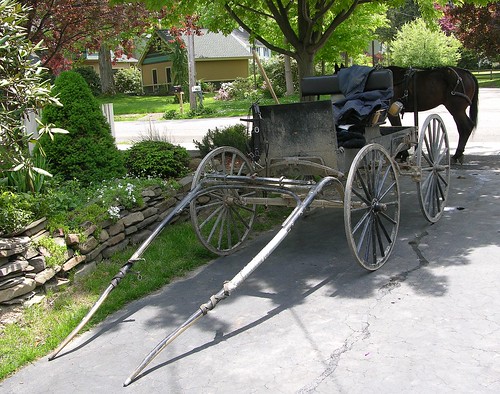
This is a continuation of an earlier post. We now have a group of about 20 faculty working on a list of technology skills divided into fundamental, proficient, and distinguished. We attempted this ten years ago, and have a very outdated document. The purpose of this work is for our curriculum guide which outlines not only content in the scope and sequence of different departments but also the progression of skills across the curriculum. The technology is just one set of skills but not to be isolated from other learning. We just felt that this was worth starting with just to begin the long dialogue of moving into the 21st century.
The difficulty I am having right now is where the appropriate focus should be. Right now I am perusing through my notes from writings addressing 21st century skills (most recently, Stephen Downes and Ian Jukes). I just linked to David Warlick's "Big Ideas 4 Eduction." I have linked faculty to NETS for students, AASL, 21st century skills.org, etc. These are good sources, and we know the pedagogy should guide the use of technology, but still at some point we need to look specifically at what skills students should know and then what should teachers know to be able to guide their students. For example, should students know about page layout properties in an office productivity suite like Word, Open Office, Google docs? This is minor, but at what point to we expect students and teachers to know this information. What about understanding tabbed browsing, bookmarking, etc.? I know this type of dialogue drags us away from the larger goals to tech specific "stuff," but I do think we have sit down and discuss the specifics at some point. I have searched online for guidance but without satisfactory results.
I will publish a wiki soon so that our group can collaborate. Here is an older wiki on looking at basic skills for our faculty. I am interested in any feedback or guidance to see if this is a wrong path to take as we think about the future of our students and our institution.

No comments:
Post a Comment